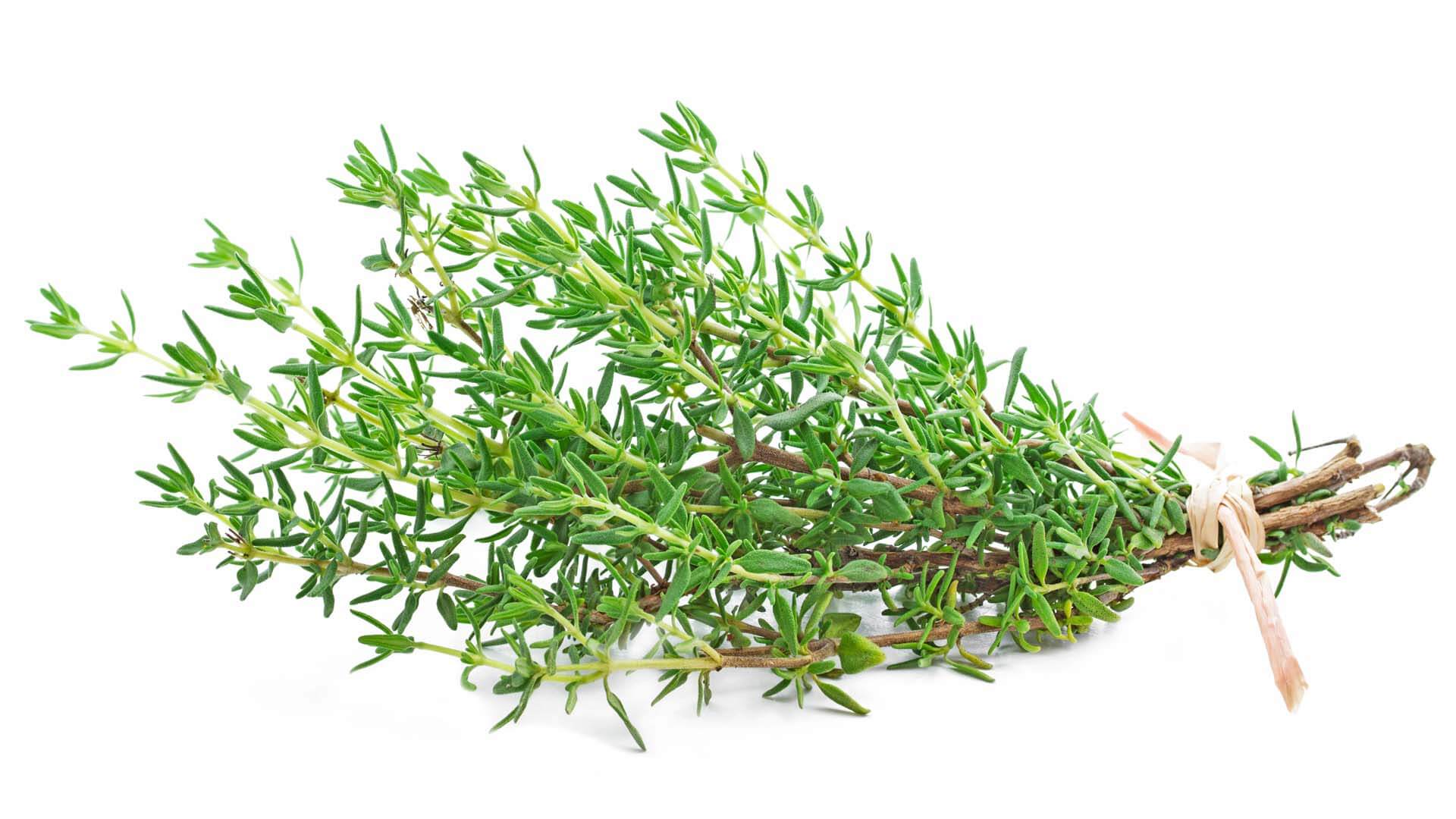
Thyme (Thymus)
Thyme belongs to the labiates. It is an evergreen herb, which reaches a height of up to 40 cm. Thyme is actually native to the Mediterranean region. It is also grown in various countries of Western Europe. It was already known in ancient times as a spice and medicinal herb. In the 11th century it came to Germany.
Various ingredients of the herb such as essential oil (thymol), bitter substances, tannins, flavonoids, saponins, resins give the known effects. Thyme has a strong aromatic smell and has antibacterial, appetizing, expectorant, antispasmodic, menstrual, digestive, diuretic and vermifuge effects. Thyme is one of the best folk remedies for coughs of various kinds. It is also used for infections of the respiratory tract, gastrointestinal tract, urinary tract and kidneys. Furthermore, for headaches and as a vermifuge. A thyme tea also helps well against the “hangover”.
Äußerlich wird er zur Wundbehandlung und als Externally, it is used for wound treatment and as a disinfectant mouthwash. In addition, the thyme oil is rubbed in rheumatic complaints. In aromatherapy, thyme oil is used for respiratory infections, exhaustion, pain and to brighten the mood. Thyme and extracts from it are ingredients of many ready medicines for colds and stomach teas. Due to its aroma and digestive effect, thyme is suitable for seasoning various dishes: for example, meat dishes, stuffings, vegetables, sauces and mushroom dishes. It is also used for the production of herbal oils, herbal bitters and wines. (Source: feenkraut.de)
